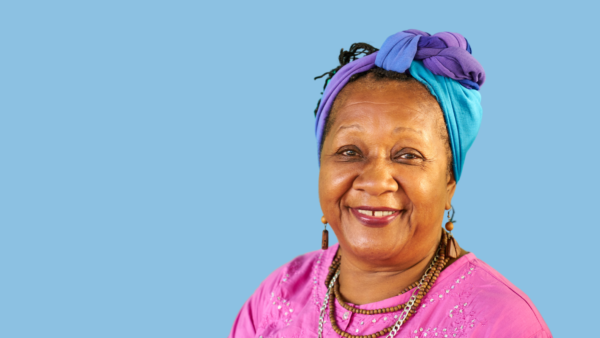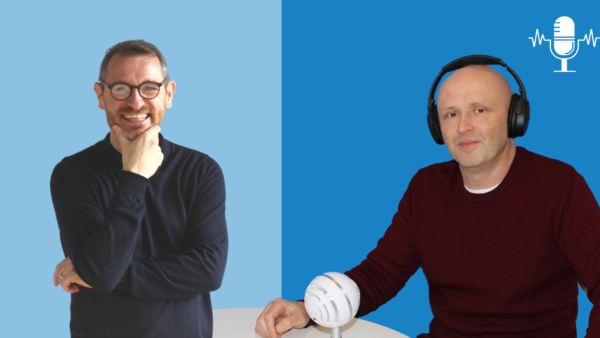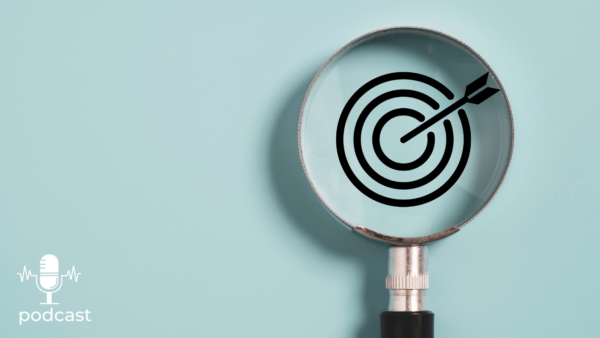Podcast transcript:
If comparison is the thief of joy, how can we get to a win-win relationship?
I’ve said it before and I’ll say it again. I’m also saying it now. Human beings are social animals. We are acutely aware of our place in the world and of how we perceive other people’s place in the world. We’re constantly making judgements about how the hierarchy of whatever we have in our minds at that moment works – fame, wages, social value, height, attractiveness – whatever we’re using as a criterion, humans are really attuned to making judgements about relative position in order to assess how we’re doing. I’ve podcast on the topic – Comparison is the thief of happiness, which is at season 3, episode 2 – where I sound a note of caution about the mental health implications of letting our comparative judgements get the better of us. But the truth is, we are social animals and most of us want to be progressing, moving up the ladder, winning, whenever we can.
Humans love to connect and belong – does this help relationship-building?
Another part of being social animals is the desire to belong, to be part of a group as a means of self-protection, building our sense of self-esteem and self-worth as we align ourselves with like-minded or like-acting people. So we tend to do that, to develop social identities, that are based being ‘like’ some people and unlike other people, leading us to make more comparison judgements about our ‘ingroup’ that we’re aligned with and any ‘outgroup’ that we deem to be unlike the particular social group that we’re part of.
But there are some limitations to these very human urges and they relate to developing win-win relationships. Even in those two examples of wanting to win and wanting to belong, you can feel the tension – I want to belong to a group that is meaningful to me but I also want to feel that I’m progressing and winning at life. So in satisfying one set of needs, I might jeopardise the other.
And add to all this the fact that we humans are messy and complicated and sometimes fickle, certainly not absolute in the way we see the world.
And that makes for a very interesting and complex context when we explore the art of developing win-win relationships -the topic I want to cover in this episode.
So what is a win-win relationship anyway? Can a model of conflict-handling shed any light?
First things first: definitions: what even is a win-win relationship? If you ask Kenneth Thomas and Ralph Kilmann, who developed a tool to help people figure out how they tend to deal with conflict, they’d probably tell you that ‘win-win’ sits in their model of conflict-handling pretty much at the top of the pile. They would label it ‘collaboration’ and define it as a situation where both parties are able to meet both their own needs and the needs of the other person.
As an aside, apols, I love that model – the other conflict handling modes are Compete – where you win and the other person loses; Compromise, where both of you get your needs partly met; Accommodate, where you don’t get what you want and the other person does; and Avoid, where neither of you get any of your needs met. The joy of the tool is to find that you have a preferential mode that you typically go to in most conflict situations and a back up mode that’s your secondary choice. But that actually, all 5 modes have value, you just need to pick the right one for the right situation.
So in summary, after that foray into cool conflict-handling models for the ages, a win-win relationship could be defined as one where you both seek to fulfil your own needs and the needs of the other person.
What about a model of negotiation – any principles for building stronger relationships?
There’s another model that I want to bring in here, which you may or may not have heard of. It’s Fisher and Ury’s principled negotiation model which has four main areas to consider when you’re negotiating with someone: 1) separate the people from the problem; 2) focus on interests, not positions; 3) invent options for mutual gain; and 4) insist on objective criteria. Basically, get the issue on the table, don’t take a position, get objective and get creative in your problem-solving. And stages 1 and 2 are all about understanding who it is you’re talking to…the person and their interests. Do all that, and you’ll likely come up with a win-win solution when you’re negotiating with someone.
Now both of these models can enlighten the topic of relationship building to some extent but neither directly relates to actually building a relationship – one is about dealing with conflict and the other is specific to a potential conflict situation, negotiation.
Relationship building takes time and effort – it’s not all about conflict and negotiation
Relationship-building on the other hand, is broader. So let’s consider the ‘relationship’ part of building a win-win relationship. First of all, relationship in the context of work may not mean with a single person. But it might also mean building a relationship with a client organisation, with a partner or collaborator or with a supplier. So that needs to be thought about. And also, there’s typically a longer-term process of time and energy investment in building a relationship than you would see in a conflict-handling or negotiation situation.
Stakeholder mapping and management – how to build relationships based on understanding
Something I do a lot of with my coaching clients is stakeholder mapping and figuring out a stakeholder management plan. For my coachee, who are their most important stakeholders – their seniors, their boss, their boss’s boss, their peers, their team, maybe customers, external partners and others. And we work out how to prioritise the most important relationships by looking at how invested each stakeholder is in my client’s work and how influential they are in that context. Then we establish how my client wants each relationship to look and we set about planning how to meet those relationship building objectives.
So that’s at the individual level. Sometimes as I mentioned we might need to build a relationship with a company, or a group of people. Same principles apply as with stakeholder management at the individual level.
How do you get to the win-win part of win-win? Understanding needs, wants and expectations
Now here’s the bit that ties it all together – with all of these models and approaches, we need to figure out the needs, wants and expectations of all parties. And that’s where time investment comes in – to uncover that. In my coaching work, questions for my coachee to ask their stakeholders like ‘Where can I (or me and my team) help you the most?’, ‘Where do you see me as being able to support you best?’ are really helpful for establishing a stakeholder’s needs. But it may not always be obvious. You might need to ask around, to do more research, to observe, to figure out how the person’s relationships work and what their priorities are, before you can figure out for sure what their ‘win’ is.
And then what about your ‘win’ – often, people aren’t clear on what they actually want from a relationship and it’s vital to be clear on that for yourself if everyone’s going to get their needs met. So take time to establish realistically what you want from a relationship so that you can work towards that.
Now we’re starting to get a solid basis for building a win-win relationship. At least we know what the other person or group or company wants or needs from us and what we want or need from them. Then comes the strengths part. How best for you to build a relationship with someone? Well the answer of course is to do it your way.
Building win-win relationships the strengths way – How To
Some people have a Relationship-building strength – that puts them in prime position to build win-win relationships right? And if you don’t have that strength, things are going to be really tough right? Wrong! You have the strengths that you have and to get the result that you want, you may need to just get a little creative with how you’re using those strengths. You also don’t want to overdo it, that is to send your strengths into overdrive. Relationship-building, as a strength in overdrive form, may turn into relationship-building for its own sake; Collaboration might morph into desperately wanting everyone to agree; Enthusiasm might get overwhelming for the people you want to deepen a relationship with.
The point is, if you know who you want to build relationships with, what you want those relationships to look like and you have a good grasp of what the other party might need or want, you can bring any strength into play to get to the ‘win-win’. For example, off the top of my head…
- Results focus to make sure you keep appointments are drive towards a productive working relationship
- Efficiency to make and keep to your stakeholder management plan
- Optimism to stay positive that you will find the win-win solution and build the relationship in the form you’re after
- Creativity to explore what win-win solutions might work best for you both
- Common sense to consider what’s worked well for you (or others) in the past
- Empathy to uncover what might be going for the person you want to build the relationship with…
…and so on and so on. You don’t need a Relationship-building strength to build win-win relationships, you just need to think how best to apply the strengths you do have to get there.
The more you get to know the people you’re building a relationship with, the more you’ll be able to understand their strengths and their risk areas too and that will help deepen and strengthen the understanding and the connection you have between you.
In conclusion – win-win = time, effort, understanding and strengths
So trust me, whatever strengths you have, you have got this, you can build the win-win relationship you’re picturing. It may take time, but there’s a process you can follow that will always (well, almost always) lead to you building a successful relationship with whoever is important in your world. Till next time, stay strong.












